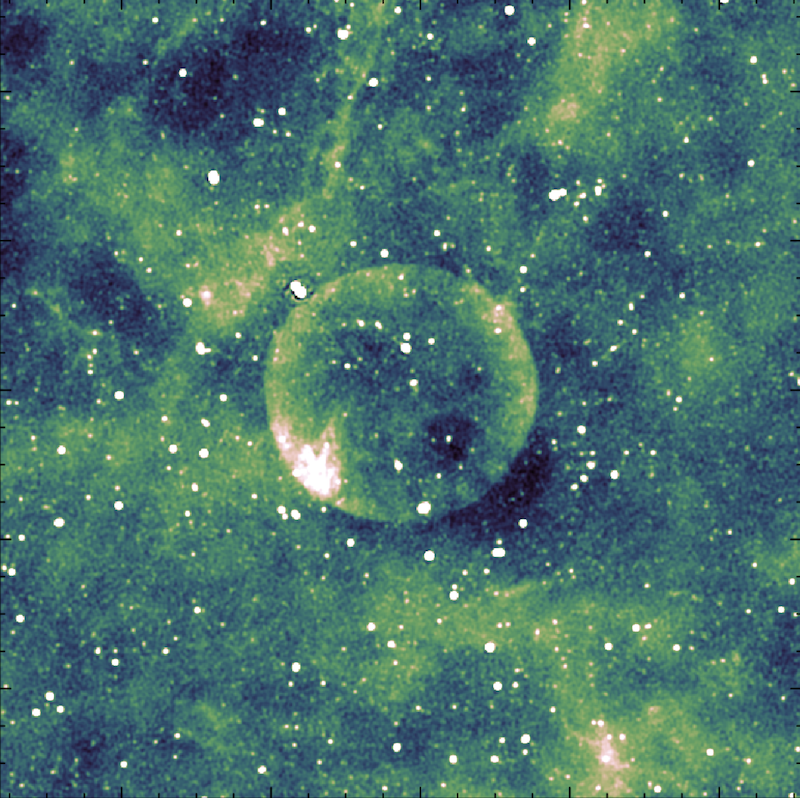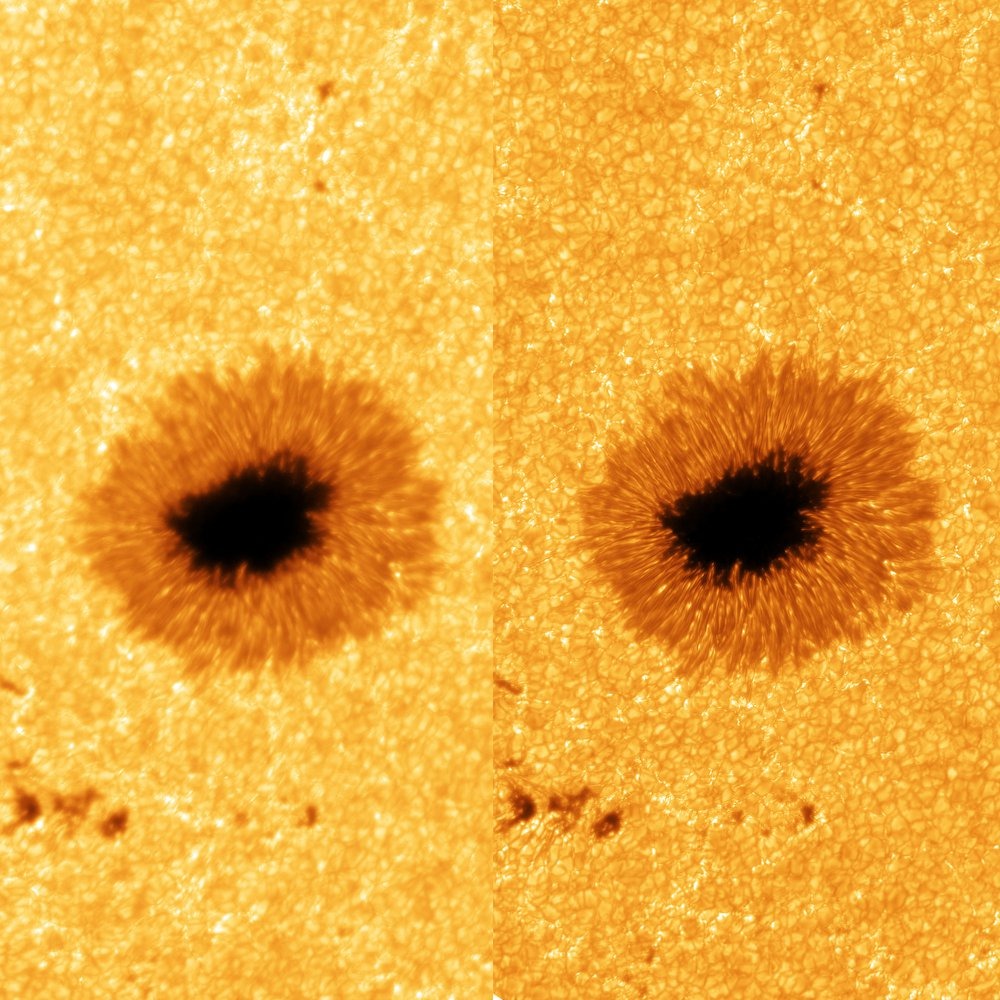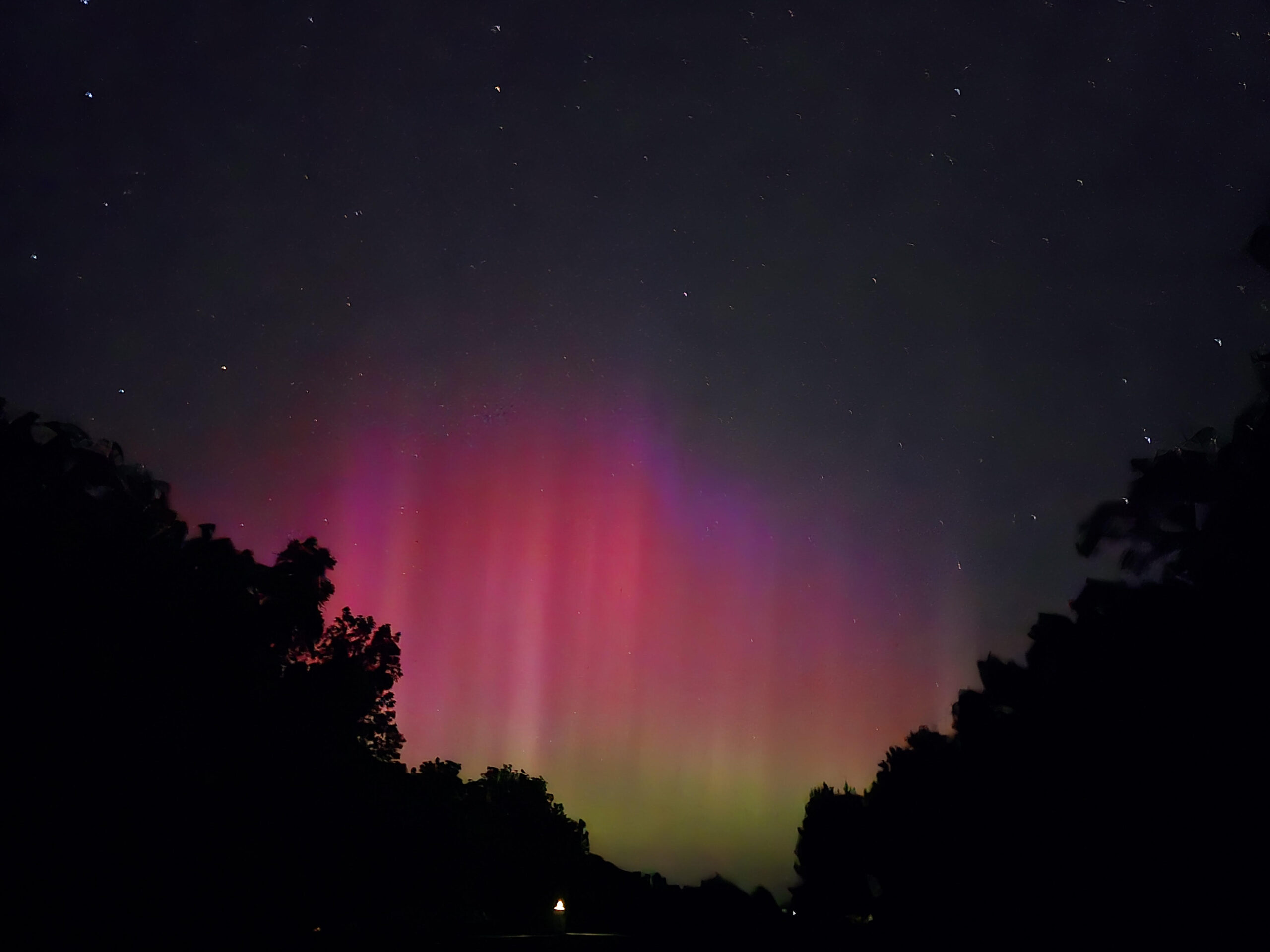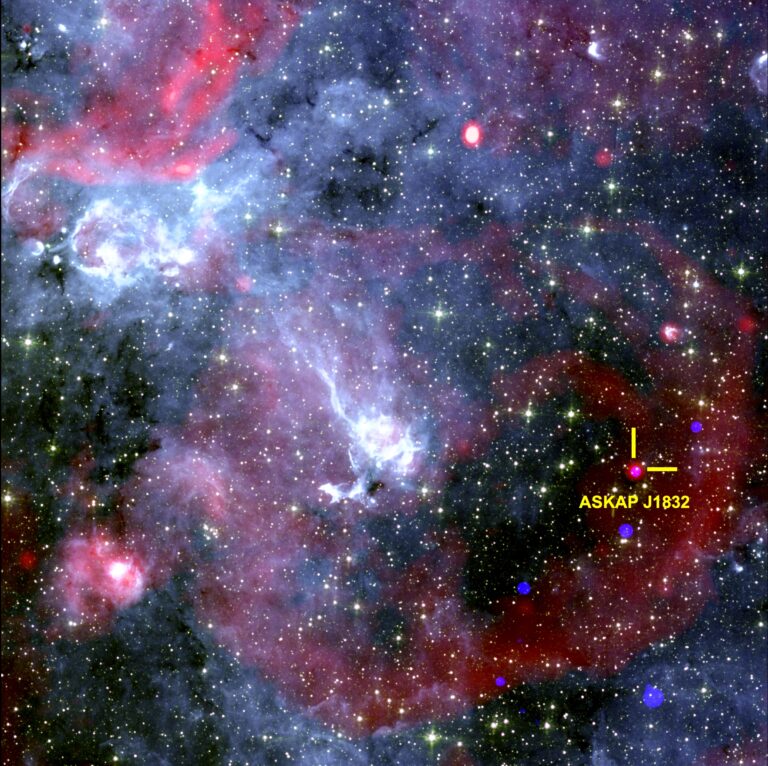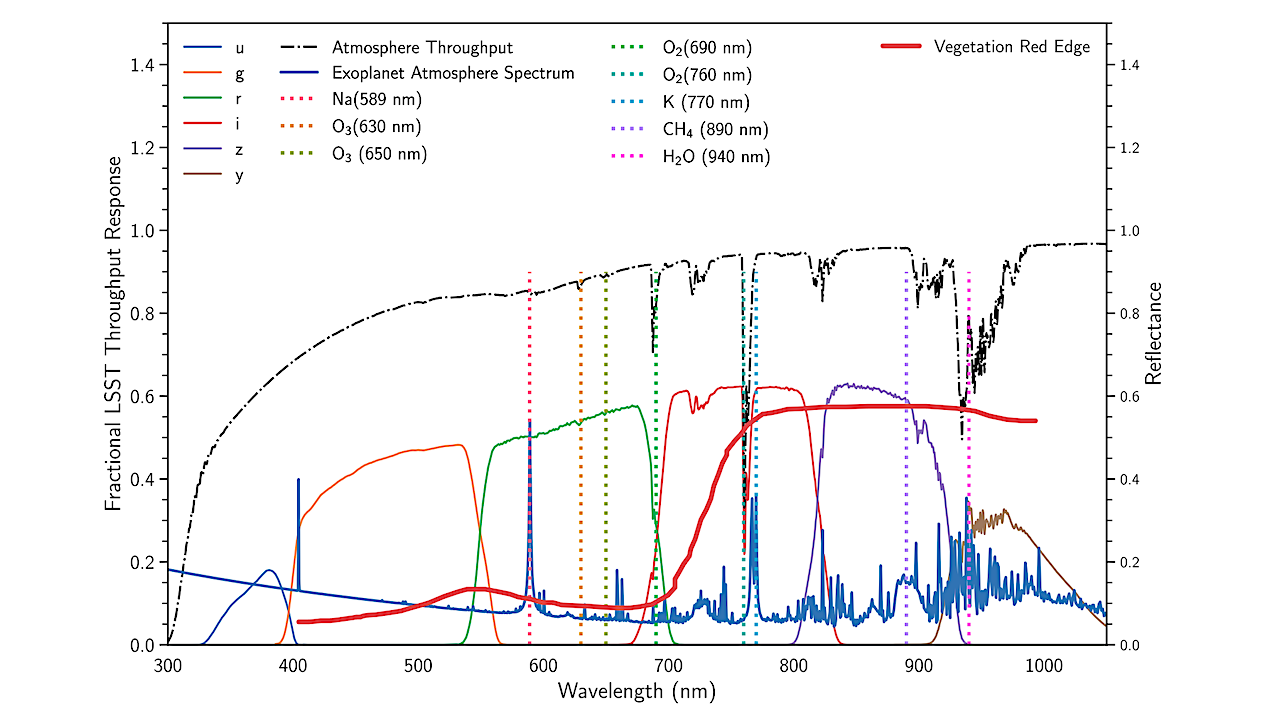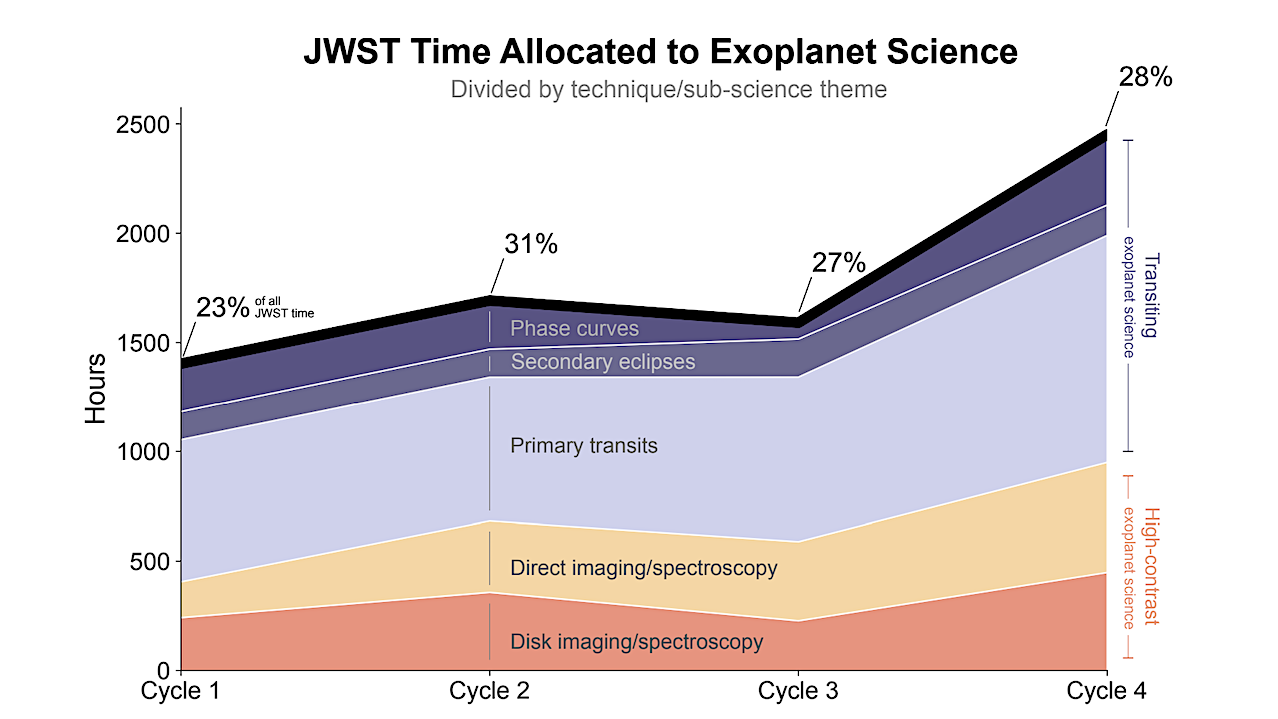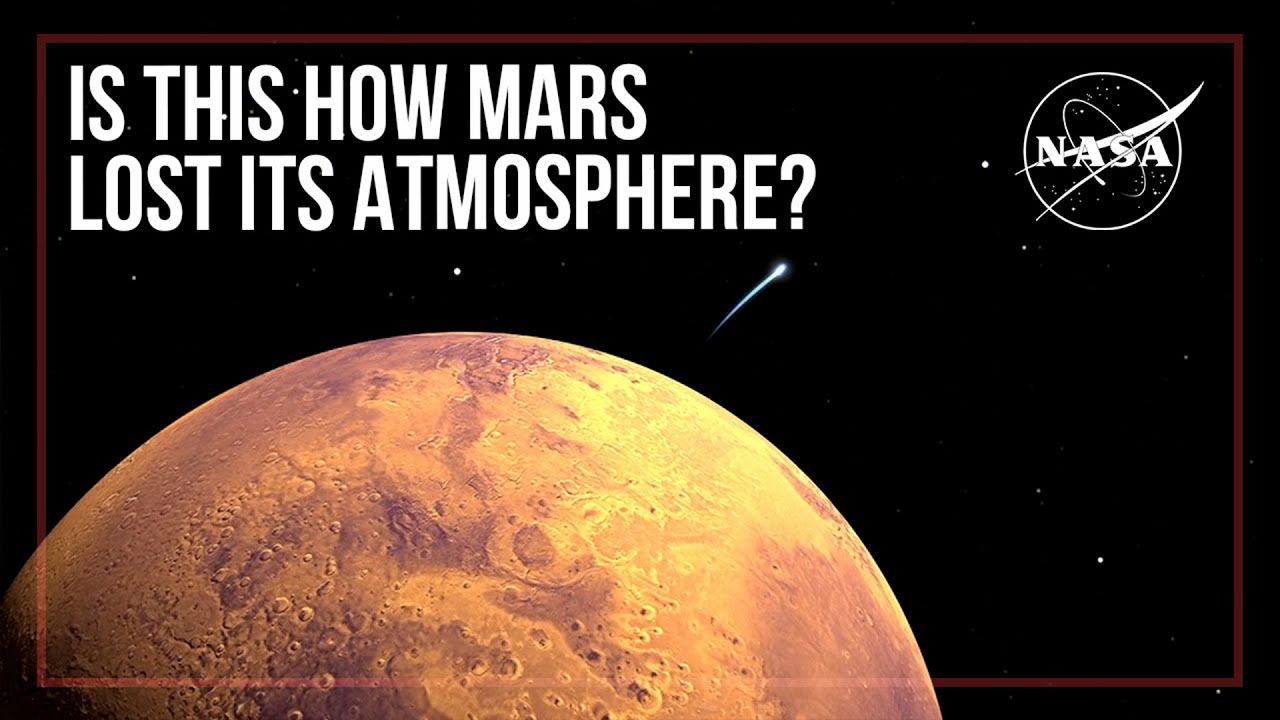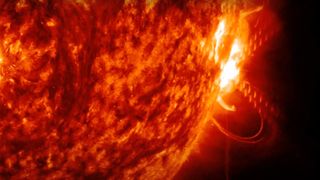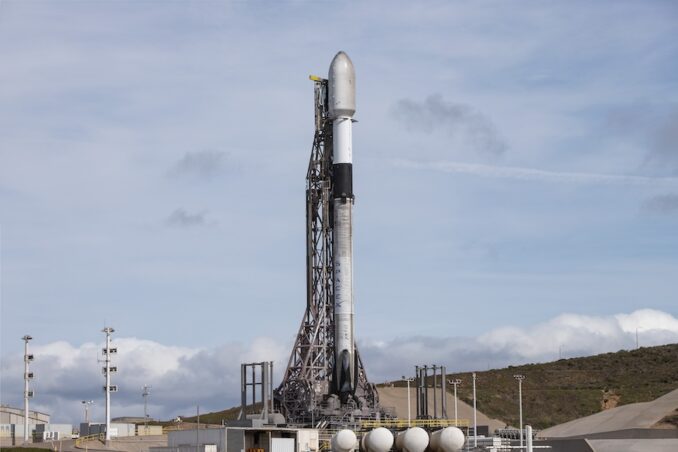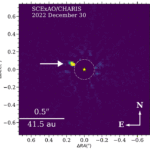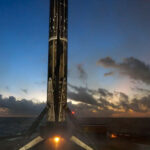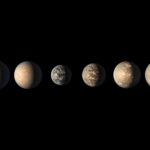EarthSky’s Will Triggs talks about the odd sphere in space. Video via EarthSky. Science matters. Wonder matters. You matter. Join our 2025 Donation Campaign today. Spherical objects are common in
Hot Posts5- Page
Incredible new images of the sun’s surface provide an unprecedented view of raging sunspots and solar activity. A new high-resolution camera system developed by the Leibniz Institute for Astrophysics Potsdam
Wow, what a show! Our planet is currently reverberating from the impact of a powerful coronal mass ejection (CME) that struck Earth head-on in the early hours of June 1
One of the strangest cosmic objects ever seen just got even weirder — NASA’s Chandra X-ray telescope caught it blasting out X-ray radiation and radio waves. The mystery object, known
The LSST throughput curves across the ugrizybands (colored lines) represent the combined effects of the Rubin Observatory system4, including mirrors, lenses, filters, detectors, and a fiducial atmosphere at 1.2 airmasses
JWST GO time allocation for exoplanet science on different Cycles. Representation of the total General Observer (GO) allocated time for exoplanet science on JWST Cycle 1 (released on March, 2021,
After a decade of searching, NASA’s MAVEN (Mars Atmosphere Volatile Evolution) mission has, for the first time, reported a direct observation of an elusive atmospheric escape process called sputtering that
It’s been a busy year on the sun, as it officially entered the peak of its roughly 11-year cycle of activity, known as solar maximum. In 2024, the sun launched
Star projectors can be wondrous to behold, turning a room into a starry display, awash with colors, nebulas and more. But as impressive as they are in action, you needn’t
File: A SpaceX Falcon 9 rocket stands ready to launch the Starlink 7-14 mission from Vandenberg Space Force Base. Image: SpaceX SpaceX is preparing to send another a batch of
-
 012024 in Review: Highlights from NASA in Silicon Valley
012024 in Review: Highlights from NASA in Silicon Valley -
 02Panasonic Leica Summilux DG 15mm f/1.7 ASPH review
02Panasonic Leica Summilux DG 15mm f/1.7 ASPH review -
 03How New NASA, India Earth Satellite NISAR Will See Earth
03How New NASA, India Earth Satellite NISAR Will See Earth -
 04And Thus Begins A New Year For Life On Earth
04And Thus Begins A New Year For Life On Earth -
 05Astronomy Activation Ambassadors: A New Era
05Astronomy Activation Ambassadors: A New Era -
 06From Polymerization-Enabled Folding and Assembly to Chemical Evolution: Key Processes for Emergence of Functional Polymers in the Origin of Life
06From Polymerization-Enabled Folding and Assembly to Chemical Evolution: Key Processes for Emergence of Functional Polymers in the Origin of Life -
07SpaceX launch surge helps set new global launch record in 2024


